Press Release: Veritas Press C.I.C.
Author: Kamran Faqir
Article Date Published: 09 Sept 2025 at 12:47 GMT
Category: Asia | Nepal | Protests
Source(s): Veritas Press C.I.C. | Multi News Agencies
Nepal is grappling with its most severe political unrest in decades after Prime Minister Khadga Prasad Sharma Oli resigned on September 9, 2025, following two days of violent protests that left at least 19 people dead and over 300 injured. The demonstrations, led predominantly by young Nepalis, erupted in response to a government-imposed ban on 26 major social media platforms, including Facebook, Instagram, WhatsApp, and X (formerly Twitter), and widespread allegations of corruption among the political elite.
The Spark: Social Media Ban And Youth Discontent.
The government’s decision to block these platforms was officially justified as a measure to combat misinformation and hate speech. However, many viewed it as an authoritarian attempt to suppress dissent and limit freedom of expression. The ban, coupled with pervasive corruption and economic stagnation, particularly among the youth, ignited widespread anger.
Protesters, many of whom were students, took to the streets chanting slogans such as “KP Chor, Desh Chhod” (“K.P. Sharma Oli is a thief, leave the country”) and “Take action against corrupt leaders.” Their demands included the resignation of political leaders and the establishment of a corruption-free government. Despite the government’s subsequent decision to lift the social media ban, the protests intensified, leading to violent clashes with security forces.
Escalation And Government Response:
The situation escalated dramatically when protesters breached the International Convention Centre in Kathmandu, which houses the Federal Parliament, and set the building on fire. Simultaneously, demonstrators targeted the residences of several prominent politicians, including Prime Minister Oli. In response, the government imposed a curfew in multiple cities, including Kathmandu, Birgunj, Bhairahawa, Butwal, Pokhara, Itahari, and Damak. Security forces were deployed, and reports of police opening fire on protesters emerged.
Human rights organisations, including Amnesty International and Human Rights Watch, condemned the use of lethal force against demonstrators, calling it a violation of international law. Political analysts described the protests as a reflection of deep dissatisfaction among the youth with the country’s long-standing political elite.
Political Fallout And Prime Minister’s Resignation:
The violent crackdown led to the resignation of Home Minister Ramesh Lekhak on September 8, citing moral responsibility for the deaths of protesters. Following this, several other ministers, including Agriculture Minister Ram Nath Adhikari and Health Minister Pradip Paudel, resigned, along with 21 Members of Parliament from the Rastriya Swatantra Party. Despite initially urging his ministers to remain in office, Prime Minister Oli succumbed to mounting pressure and resigned on September 9. His resignation marked a significant political shift in Nepal, highlighting the growing influence of youth-led movements.
International Reactions and Ongoing Unrest:
The international community expressed concern over the situation. A joint statement from the embassies of Australia, Finland, France, Japan, South Korea, the UK, Norway, Germany, and the U.S. in Nepal urged all parties to exercise maximum restraint, avoid further escalation, and ensure fundamental rights are protected. The United Nations also called for an independent investigation into the use of force against protesters.
Despite the political upheaval, protests continued in various parts of the country. Demonstrators maintained their demands for accountability and systemic change, signalling that the resignation of Prime Minister Oli may not be the end of their struggle.
Conclusion:
The 2025 Gen Z protests in Nepal have underscored the power of youth activism and the demand for transparency and accountability in governance. While the resignation of Prime Minister Oli represents a significant political development, it remains to be seen whether it will lead to meaningful reforms or if the underlying issues of corruption and authoritarianism will persist. The coming weeks will be crucial in determining the future political landscape of Nepal.
Tags:
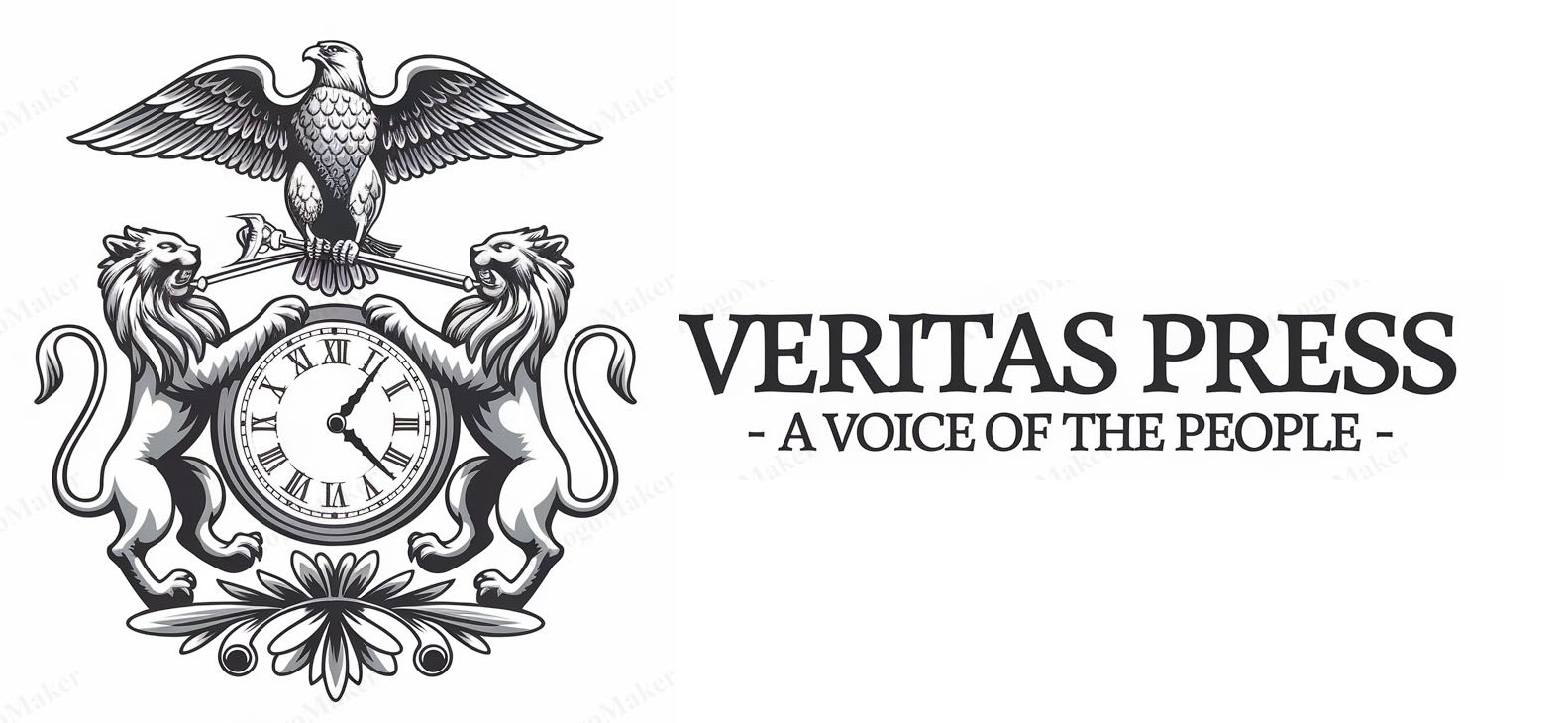
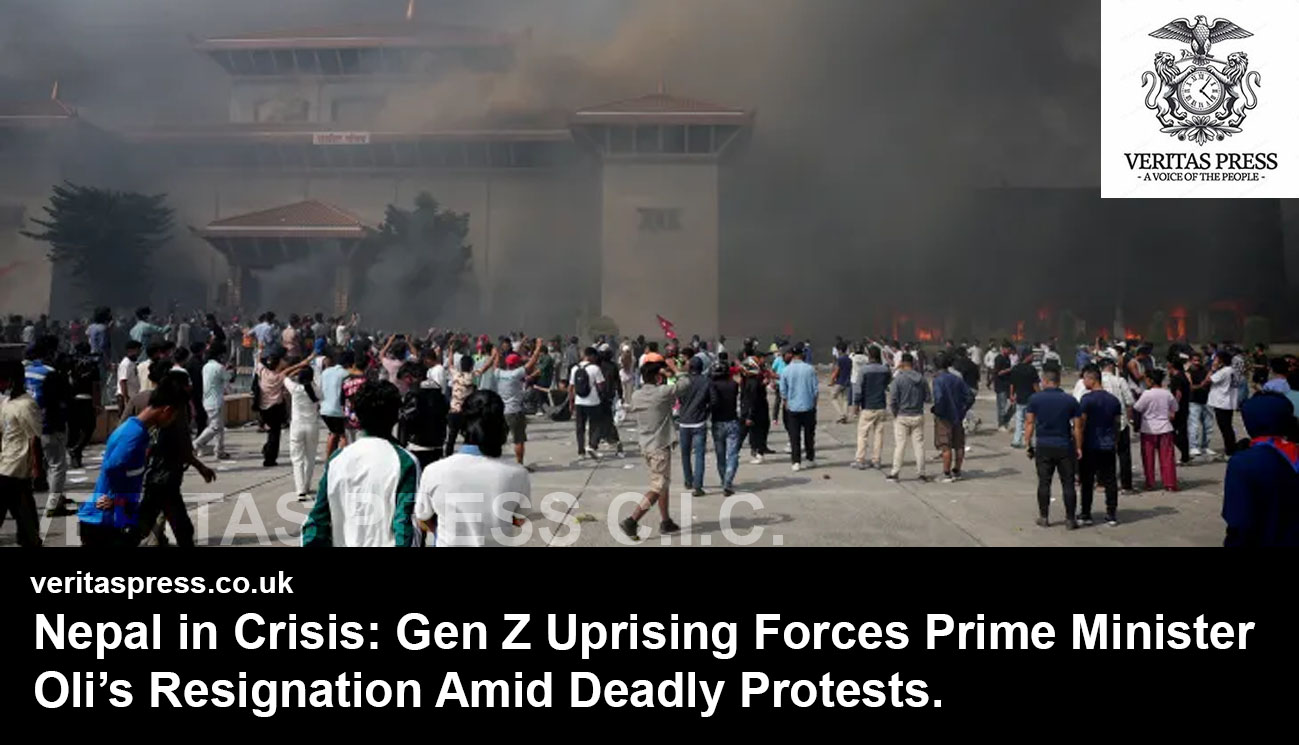


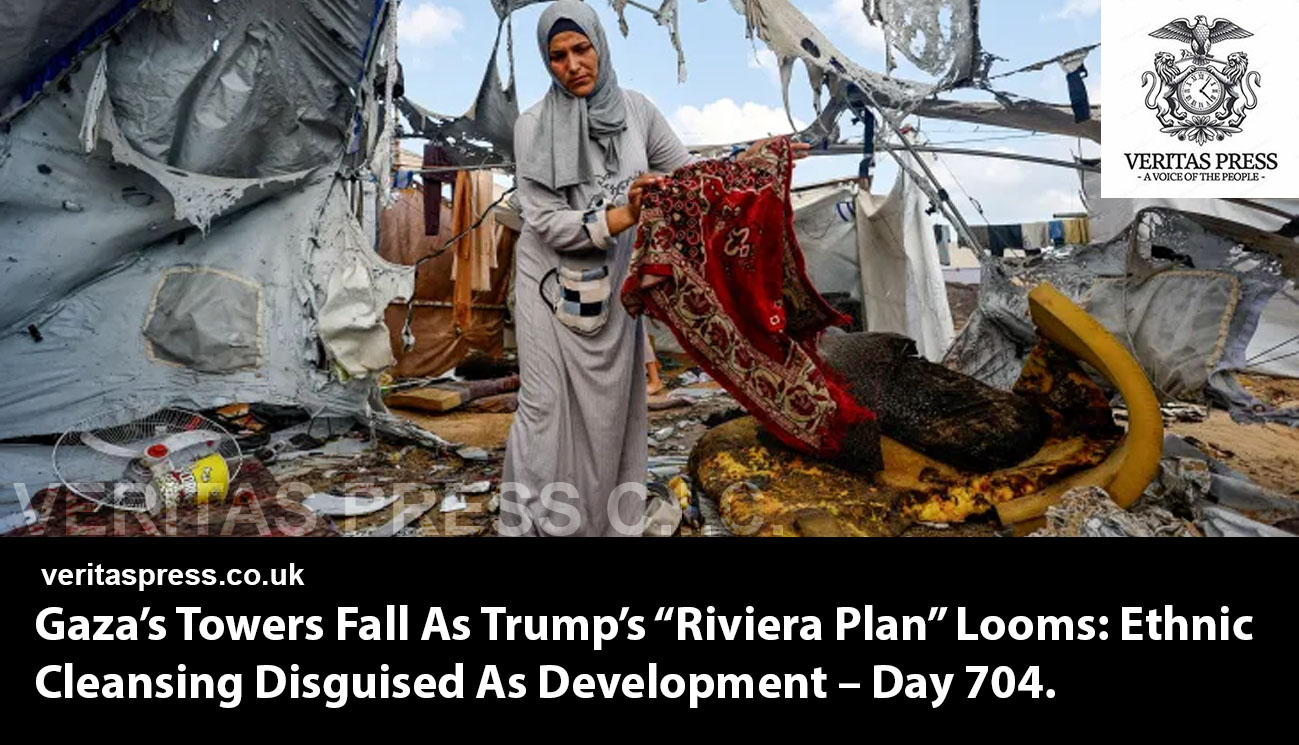


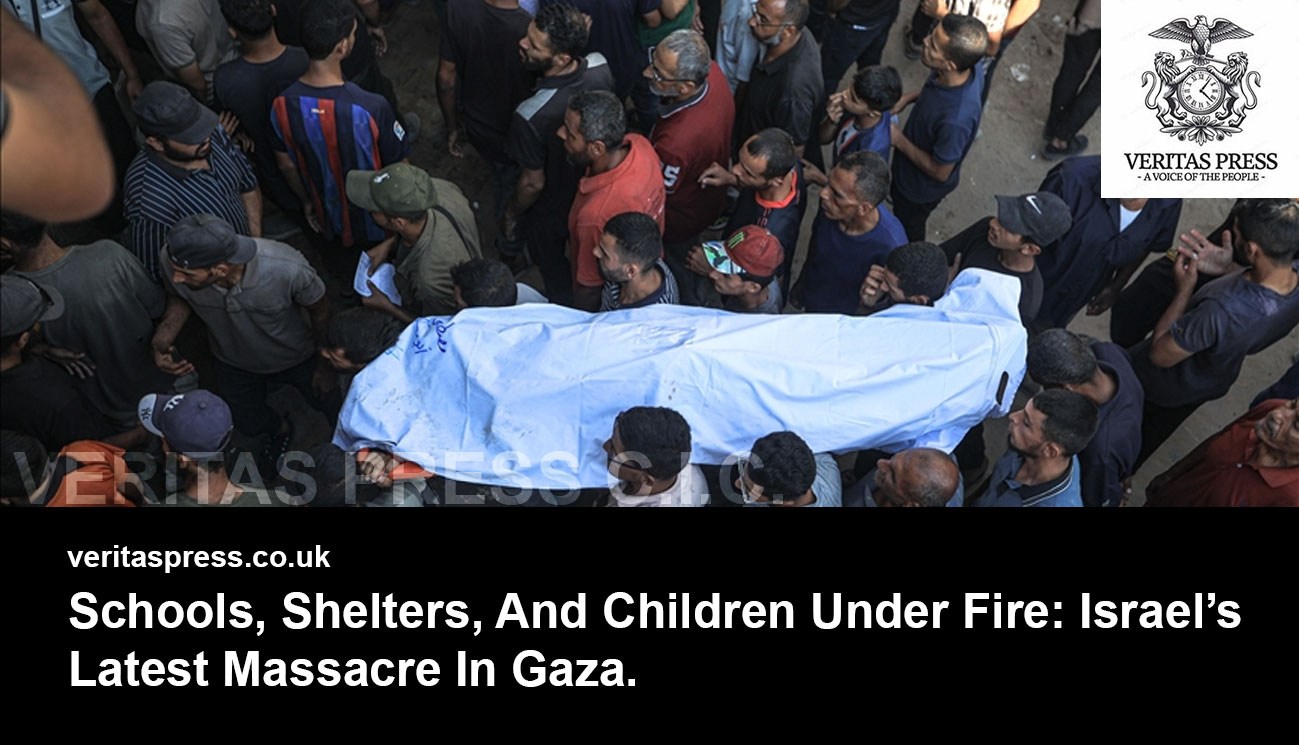


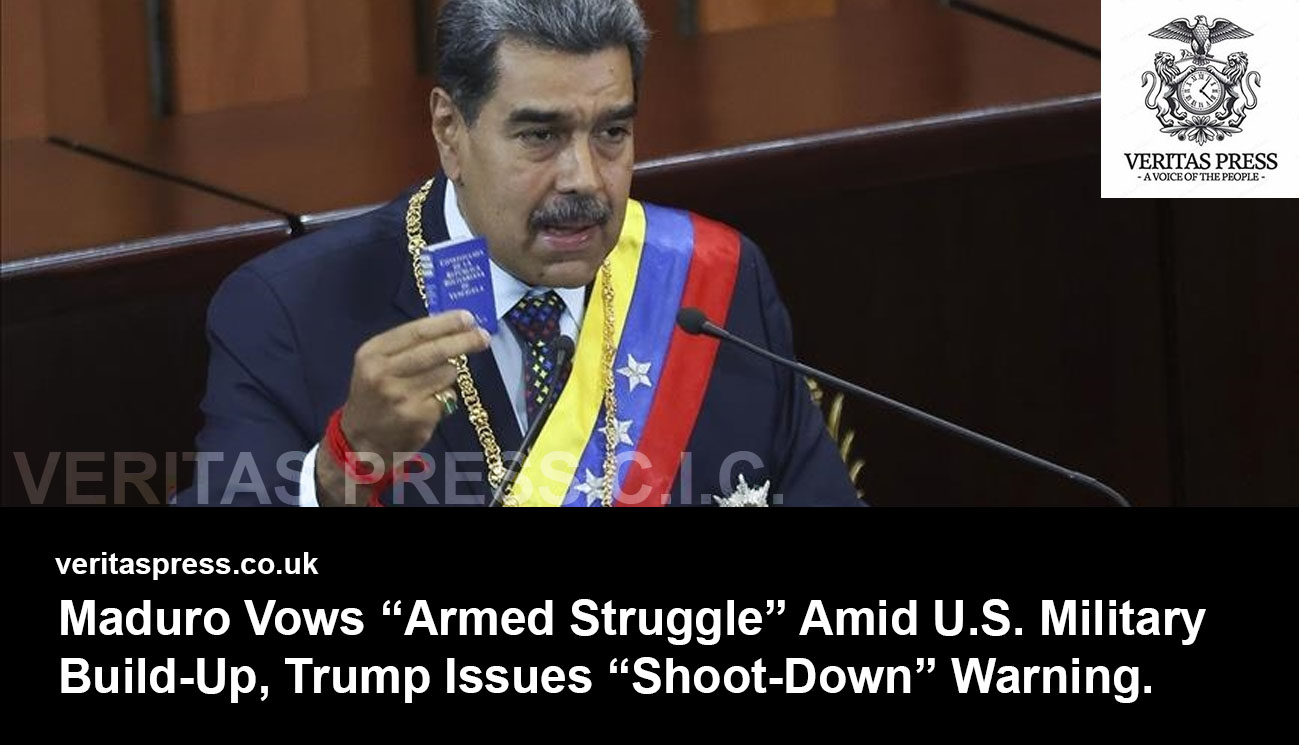
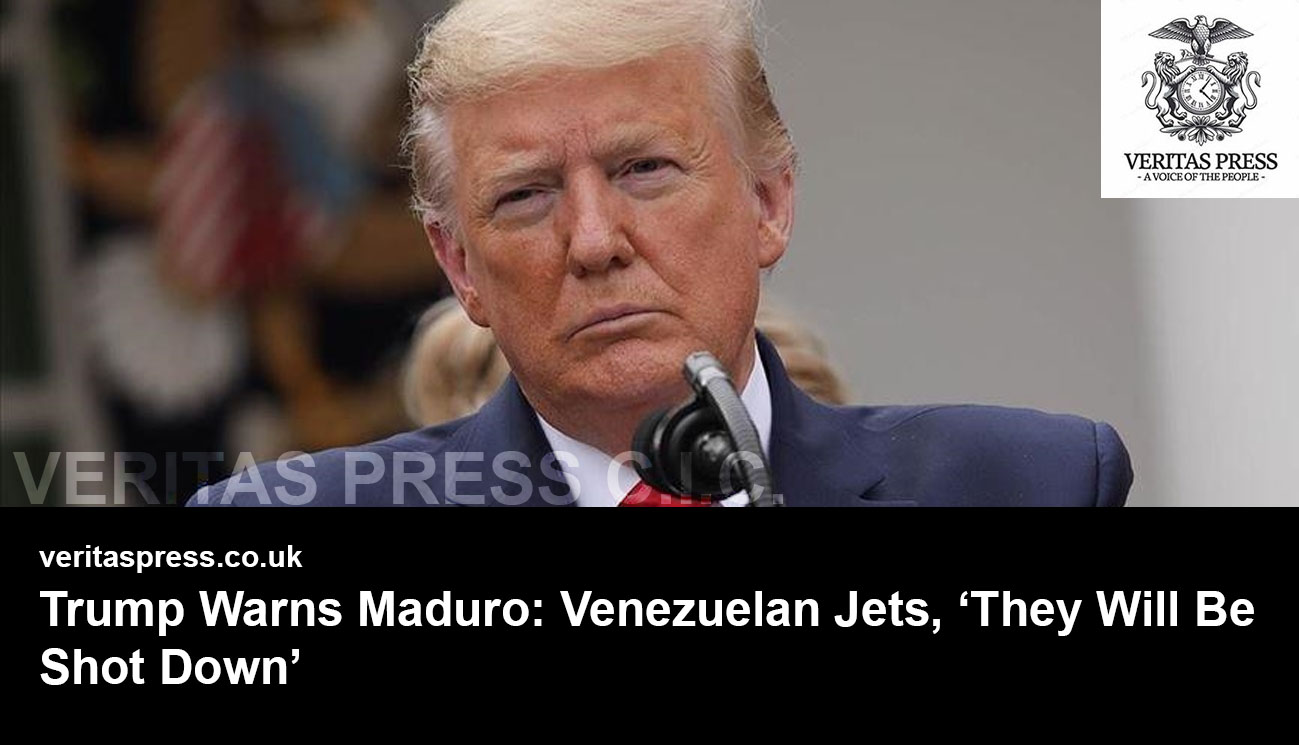
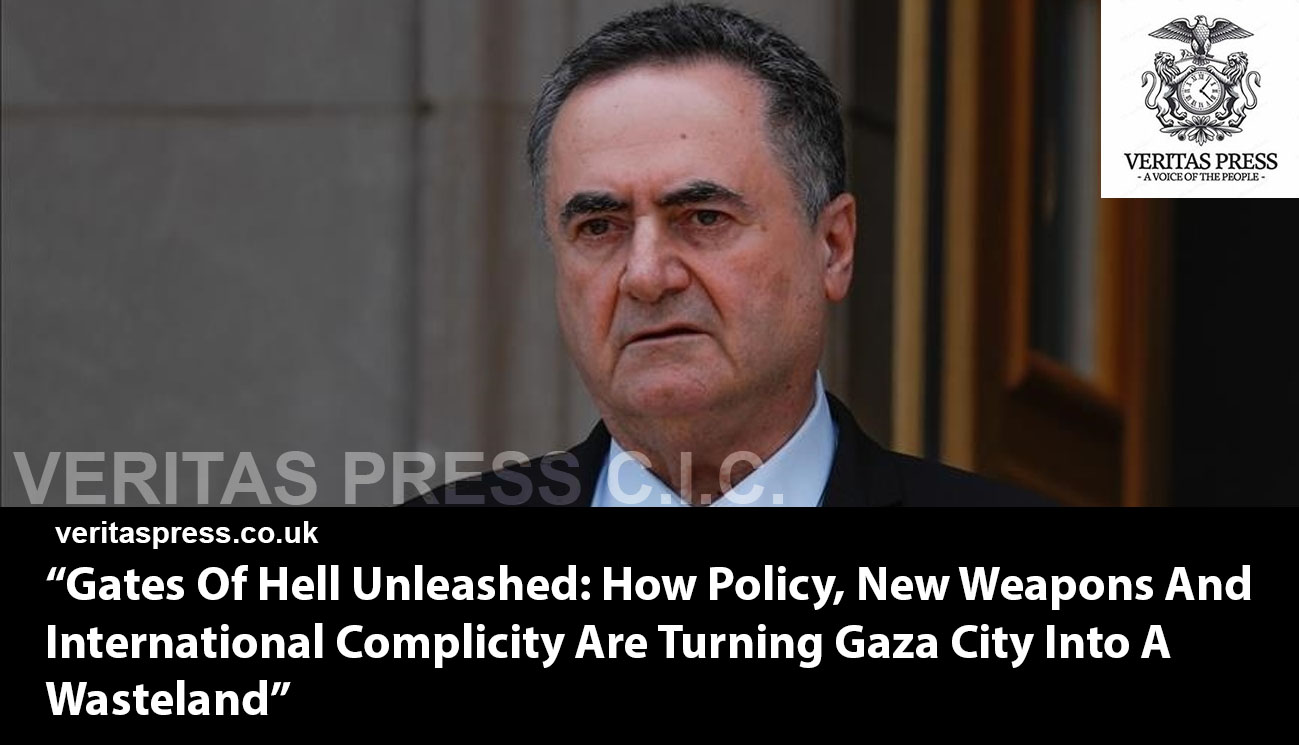
Leave a Reply